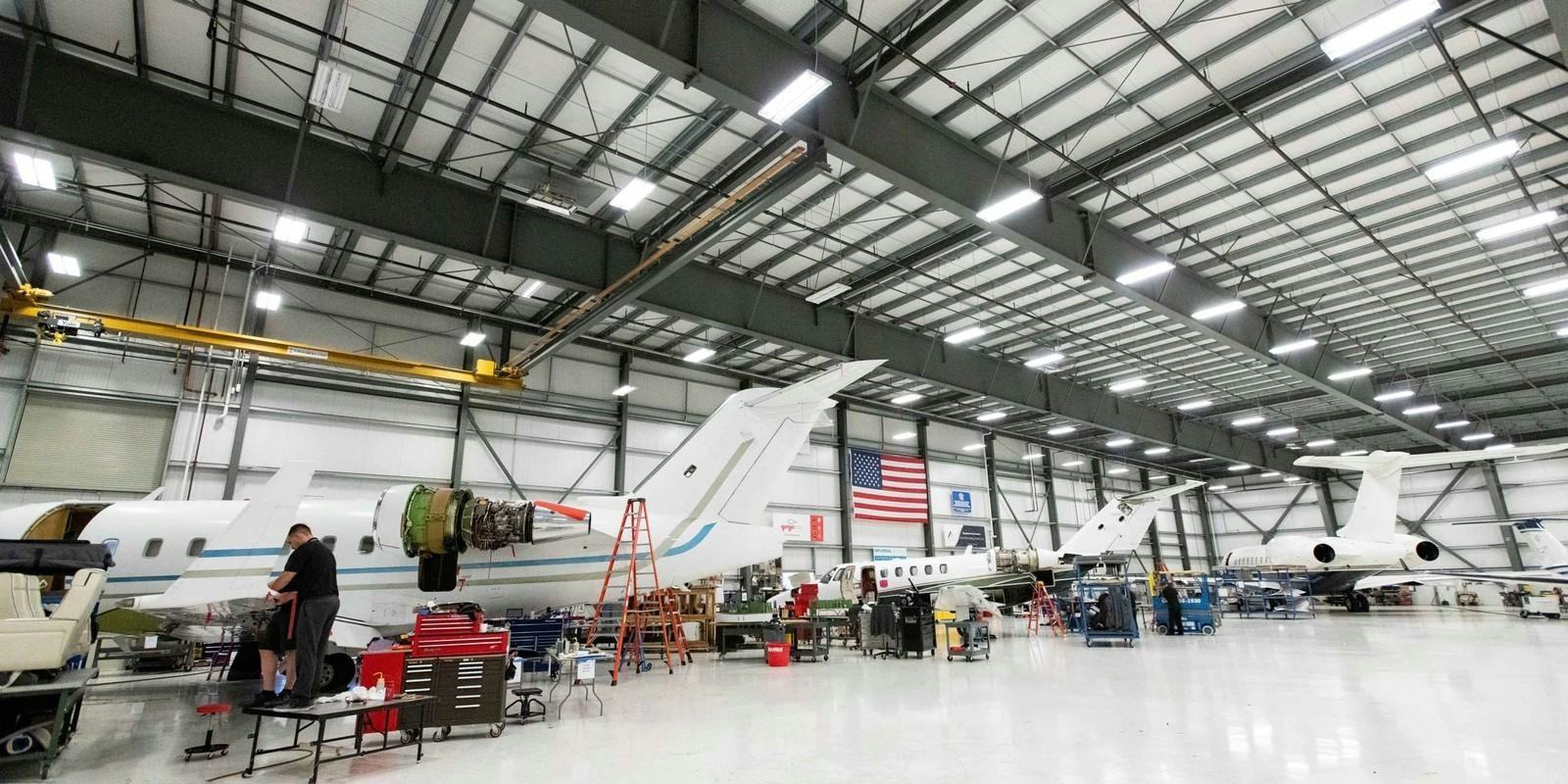
AeroGenie – Ihr intelligenter Copilot.
Trends
Categories
Three Inspection Technologies GE Aerospace Uses Throughout an Engine’s Life
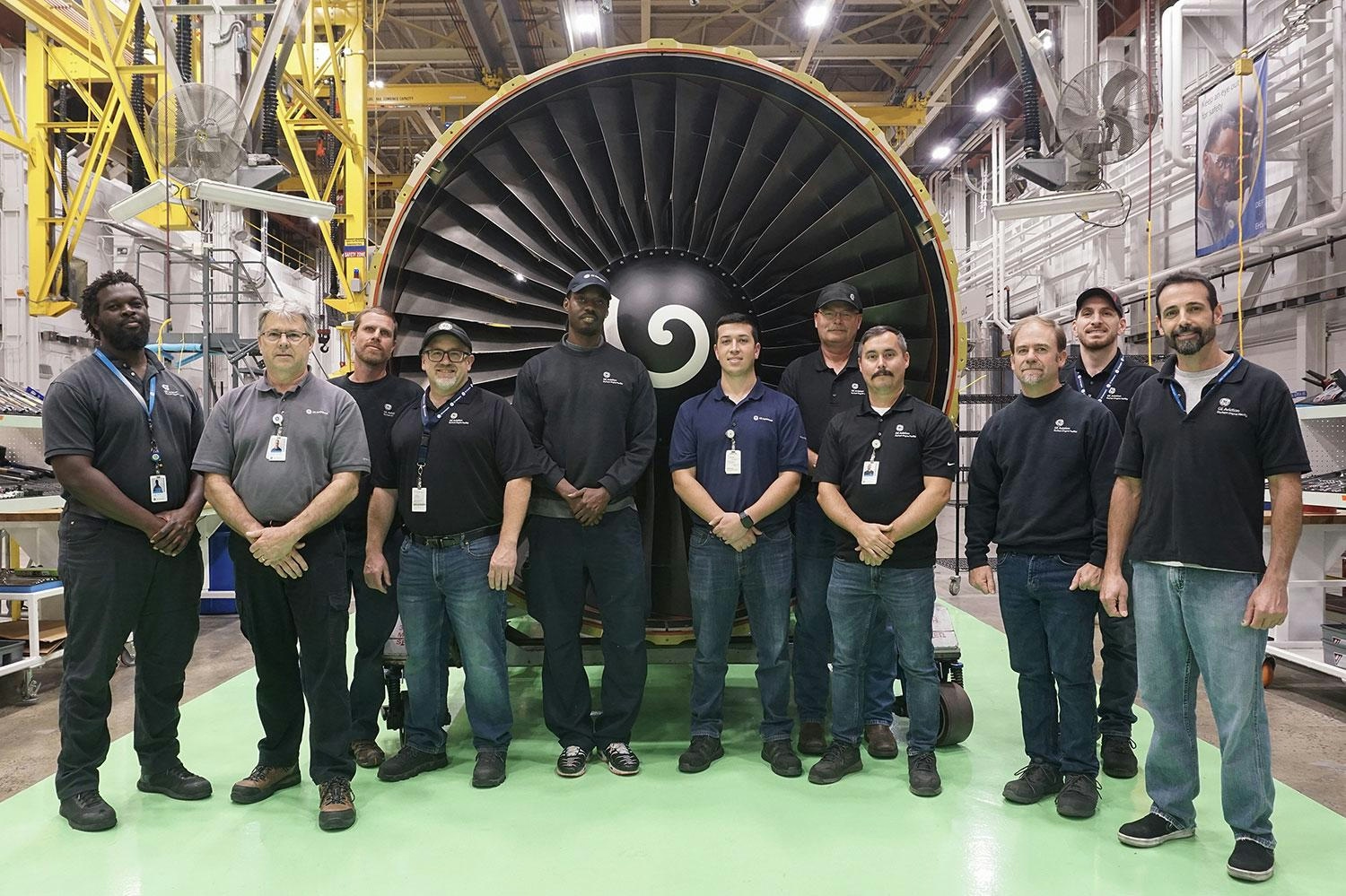
Three Inspection Technologies GE Aerospace Uses Throughout an Engine’s Life
GE Aerospace’s dedication to innovation is integral to its operations, driving the development and implementation of advanced inspection technologies that ensure the safety and quality of its engines throughout their lifecycle. In alignment with its mission to “bring them home safely,” the company recently introduced a series of videos on its updated safety webpage, showcasing three pivotal inspection technologies employed at various stages of an engine’s life: ultrasonic inspection during manufacturing, the AI-enabled Blade Inspection Tool for on-wing assessments, and AI-guided white light robot inspection during off-wing maintenance.
Inspection Technologies Across the Engine Lifecycle
During the manufacturing and assembly phase, GE Aerospace utilizes ultrasonic inspection to guarantee the integrity of engine components. Technicians immerse parts in water and subject them to high-frequency sound waves. By analyzing the reflections of these waves, they can identify hidden anomalies within the materials, ensuring reliability from the very beginning of the engine’s life.
For on-wing inspections, the Blade Inspection Tool (BIT) plays a critical role. This device, equipped with an AI-enabled camera, is anchored in place to capture detailed images of high-pressure turbine blades as they rotate into view. The BIT automatically counts and indexes each blade, enabling technicians to efficiently compare, measure, and assess blade conditions. This technology facilitates rapid troubleshooting and maintenance while the engine remains installed on the aircraft.
During scheduled off-wing maintenance, two articulated industrial robots fitted with white light optical scanners conduct thorough inspections of high-precision parts. Operated under human guidance, these robots employ AI to capture and analyze data imperceptible to the naked eye, delivering exceptional accuracy, speed, and consistency. This process generates a comprehensive digital record of each component’s condition, supporting informed maintenance decisions.
Leadership in Safety and Industry Challenges
GE Aerospace’s commitment to proactive safety is exemplified by its pioneering status as the first manufacturer to have its safety management system (SMS) accepted by the Federal Aviation Administration, a milestone achieved more than a decade before such systems became a regulatory requirement. The company also co-founded the Aviation Supply Chain Integrity Coalition, an initiative aimed at preventing unauthorized parts from entering the aviation market.
Despite these achievements, GE Aerospace faces ongoing challenges in maintaining its competitive edge in inspection technology. The company must continuously adapt to evolving regulatory standards and integrate cutting-edge technologies into established production processes. Additionally, heightened scrutiny from defense and aviation sectors compels GE Aerospace’s competitors to advance their own inspection capabilities or pursue strategic partnerships to foster innovation.
Recent collaborations, such as the joint development program with Kratos for small turbofan engines, highlight GE Aerospace’s dedication to continuous improvement and industry cooperation. As inspection technologies advance, the company remains focused on setting new benchmarks for safety and quality within the global aviation sector.
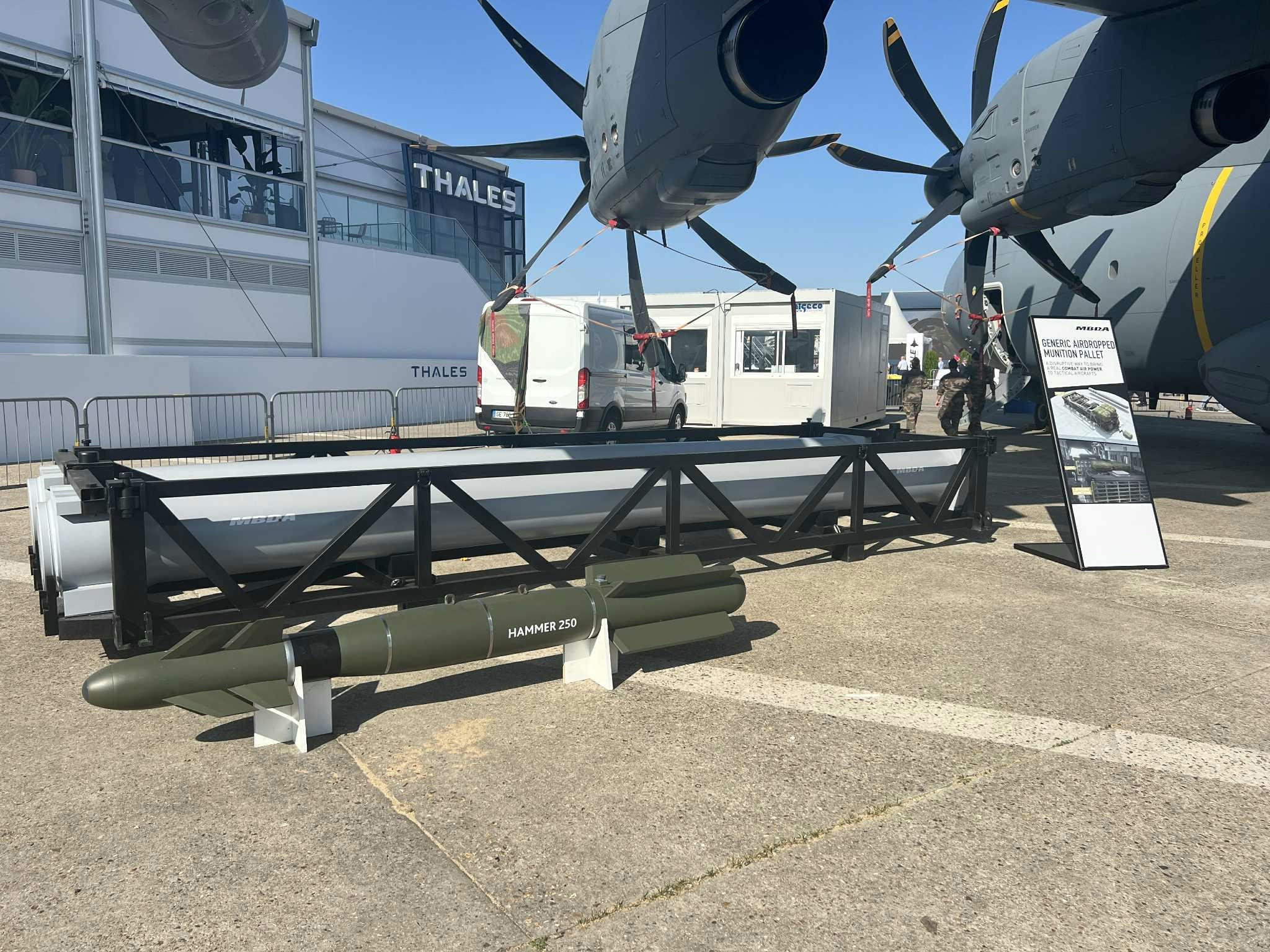
France to add 4 Airbus A400Ms as Atlas gains new missions
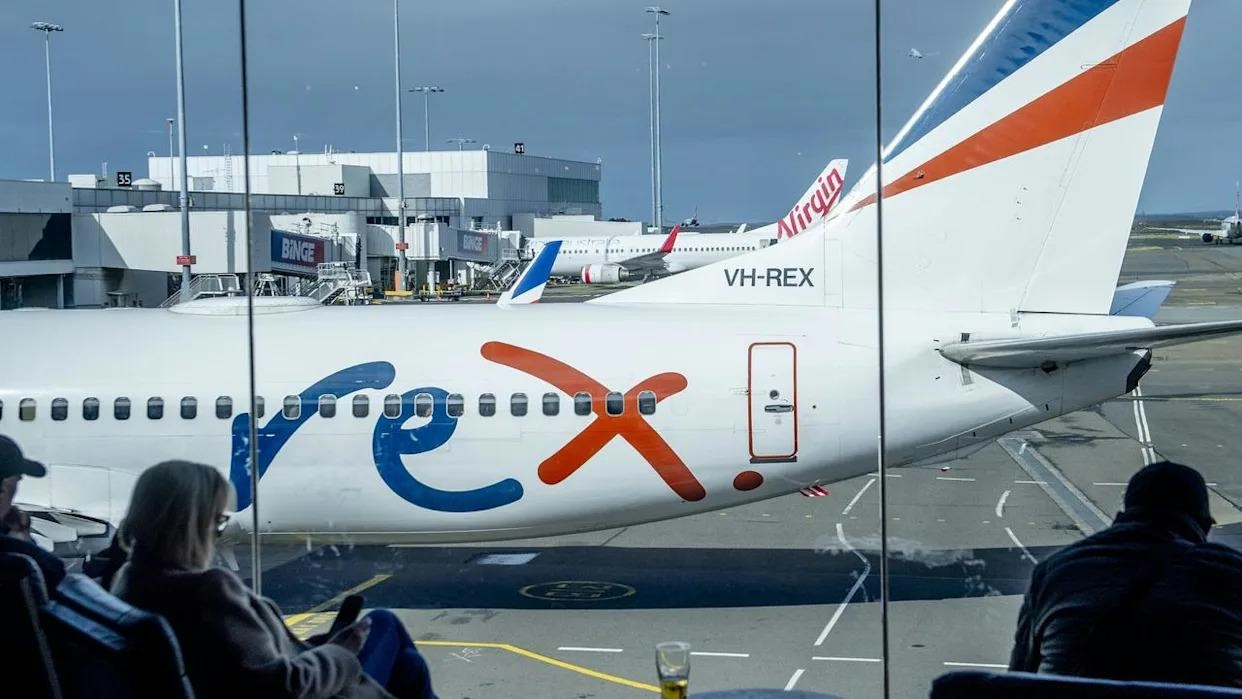
Air T to Acquire Rex

United Airlines to Replace Boeing 757 Fleet
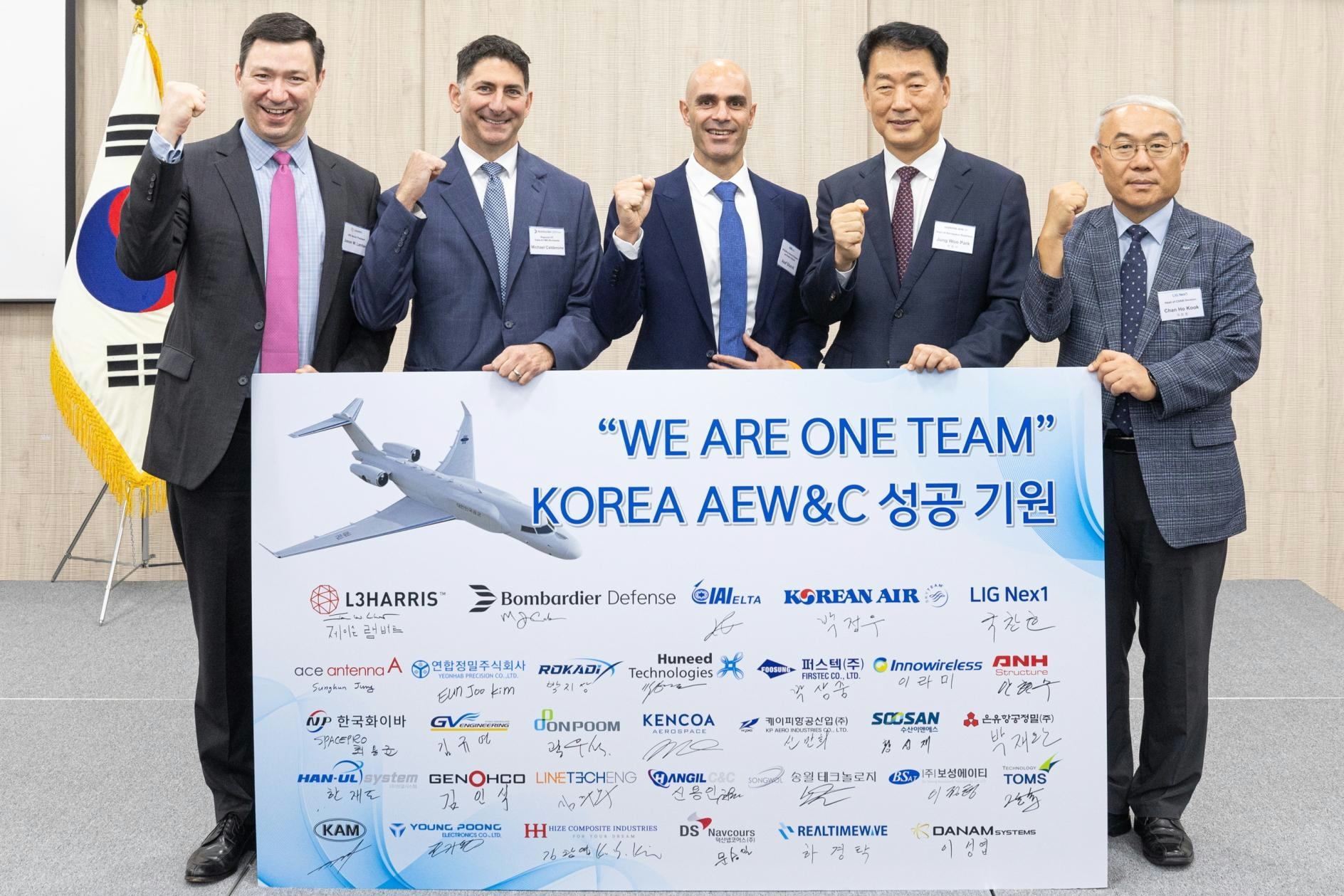
L3Harris to Supply Next-Generation Surveillance Jets to South Korea
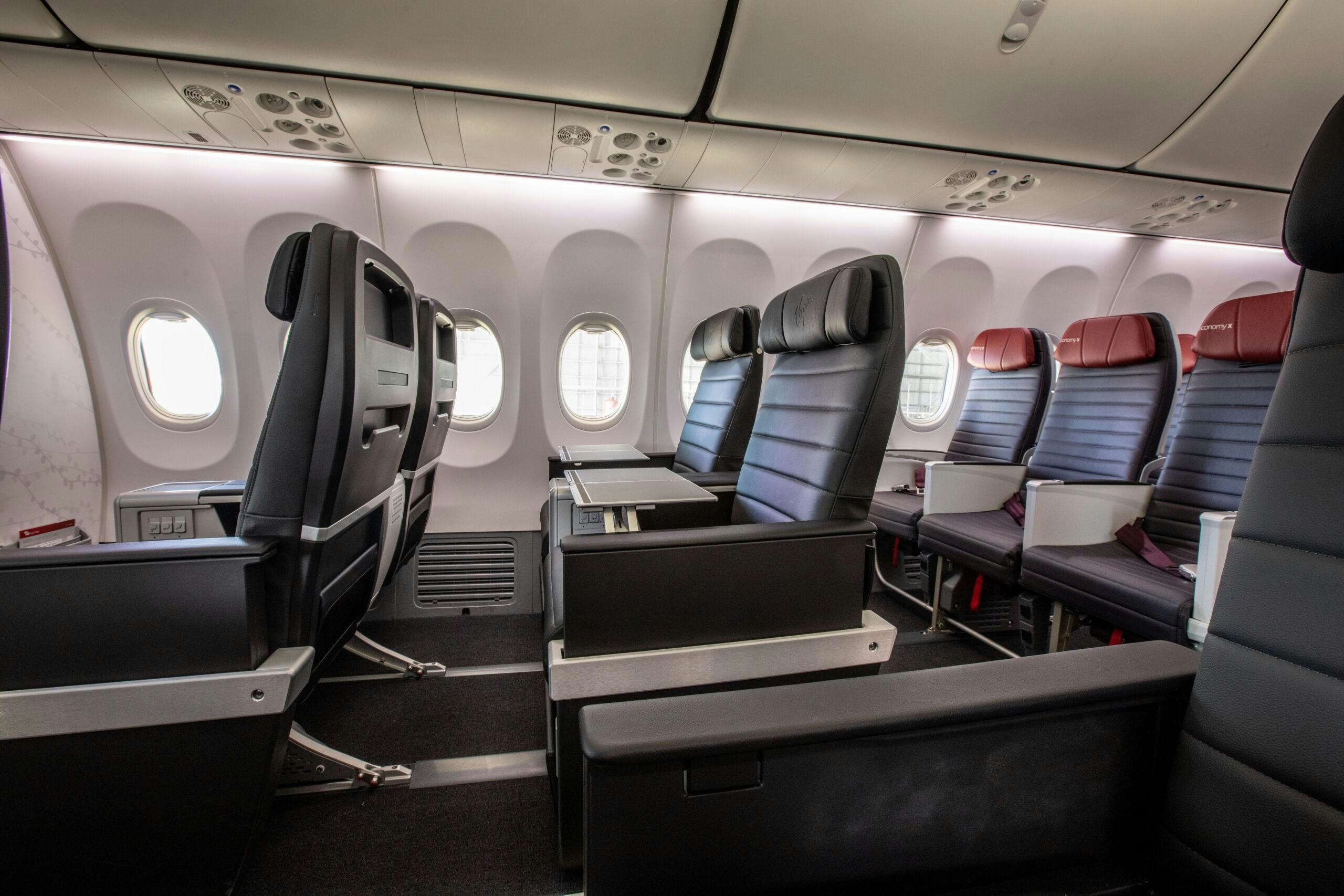
Virgin Chooses Boeing for Starlink In-Flight Connectivity Modifications

Jet Aviation Celebrates 40 Years of Aircraft Services in the US
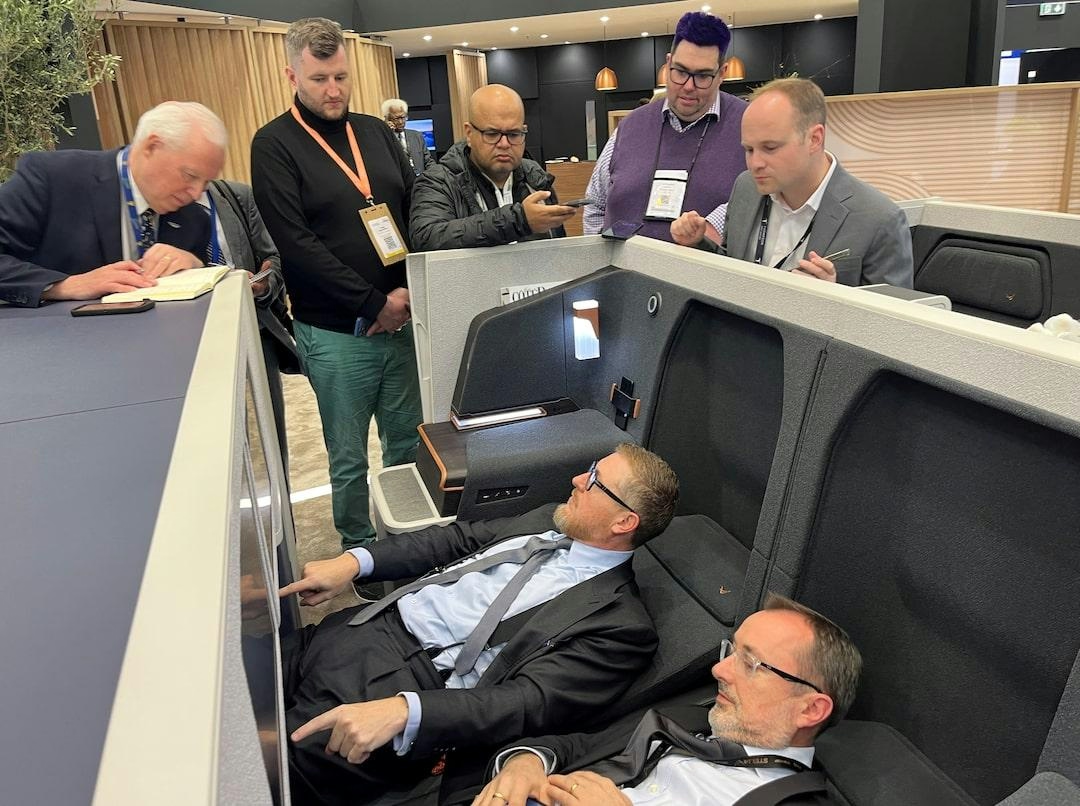
Cabin Interior Delays Continue to Affect Jet Deliveries
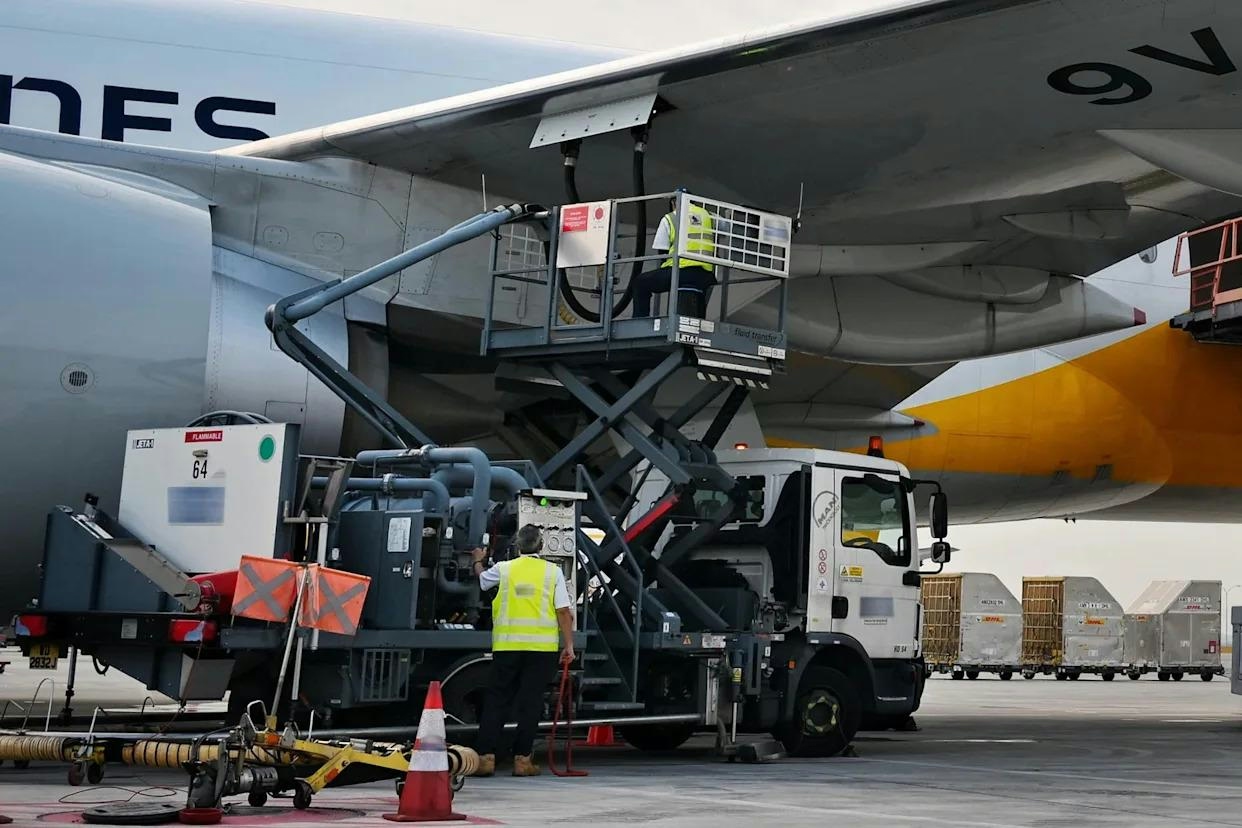
India Faces Fuel and Financing Challenges in Competing with Dubai and Singapore's Aviation Sectors

Royal Jordanian to Refurbish Boeing 787-8 Fleet
